The global residential digital faucets market size attained a value of USD 6.56 billion in 2024. The market is likely to grow at a CAGR of 12.10% during the forecast period of 2025-2034, driven by the increasing trend of smart homes, rising consumer demand for convenience, and growing focus on water conservation. As smart home technologies continue to penetrate residential spaces, digital faucets are becoming an essential component, offering more than just a traditional water flow. These faucets bring enhanced functionality through automated controls, energy-efficient features, and personalized user experiences.
In this blog post, we will delve into the key factors driving the growth of the global residential digital faucets market, the market’s segmentation, regional analysis, competitive landscape, and the dynamics influencing its expansion over the coming years.
The Rise of Digital Faucets in Residential Spaces
Digital faucets represent a significant shift in the way we interact with household plumbing. Traditional faucets require manual adjustments, while digital faucets leverage advanced technology to automate and personalize water flow, temperature, and even manage energy usage. These faucets are designed with integrated sensors, touchless technology, and sometimes even smart features like voice activation and Wi-Fi connectivity, which can be controlled via mobile apps or smart home systems.
The shift towards digital faucets aligns with broader trends in home automation, where consumers increasingly seek products that offer enhanced convenience, efficiency, and sustainability. Additionally, water conservation is a growing concern, with digital faucets offering precise control over water usage, making them particularly appealing in areas facing water scarcity.
Market Segmentation: Applications and Distribution Channels
The global residential digital faucets market can be divided into two primary segments: application and distribution channels. Let’s examine these in detail:
By Application
- Digital Bathroom Faucets
- Digital faucets in bathrooms are designed to offer superior convenience, hygiene, and efficiency. These faucets typically include touchless operation, adjustable water temperature controls, and the ability to save preferred settings for different users. The demand for such products is driven by the growing desire for luxury and high-tech bathroom fixtures, particularly in modern homes and upscale developments. Additionally, these faucets enhance hygiene, reduce water wastage, and offer aesthetic appeal, all of which contribute to their growing popularity.
- Digital Kitchen Faucets
- In the kitchen, digital faucets offer functionality that goes beyond simple water flow. With features like touchless operation, precise temperature control, and smart water flow regulation, these faucets help homeowners improve water usage efficiency, reduce energy consumption, and make cooking and cleaning tasks easier. Voice-activated systems are also gaining traction in digital kitchen faucets, enabling users to control water flow with simple voice commands, further enhancing the convenience factor.
By Distribution Channel
- Offline Channels
- The offline retail market for digital faucets remains a significant segment, with many consumers preferring to see and test the products in-store before making a purchase. Retailers like home improvement stores, specialty plumbing stores, and high-end appliance outlets serve as key points for offline sales. Consumers in these stores often seek expert advice and hands-on demonstrations, particularly when selecting advanced, technology-driven products like digital faucets.
- Online Channels
- Online retail channels, particularly e-commerce platforms such as Amazon, eBay, and dedicated home improvement websites, are rapidly becoming a preferred mode of purchase for many consumers. The convenience of shopping from home, coupled with the ability to compare prices, read reviews, and access a wide variety of brands and models, has driven the rise of digital faucet sales through online channels. Additionally, online platforms often offer better pricing and promotions, further encouraging the digital shopping trend.
Regional Analysis
The growth of the residential digital faucets market is influenced by various regional factors, including economic development, technological adoption, and environmental concerns. The key regions driving the growth of this market are North America, Europe, and the Asia-Pacific.
North America
North America, particularly the United States, is a leader in the adoption of smart home technologies, and the demand for digital faucets is high. Consumers in this region are tech-savvy and increasingly prefer smart home appliances that offer convenience, energy efficiency, and sustainability. The presence of several leading brands in the U.S. further strengthens the market’s growth. Additionally, the region’s focus on water conservation and sustainability plays a significant role in the demand for digital faucets.
Europe
Europe is also witnessing robust growth in the digital faucets market. Countries like Germany, the UK, and France are leading the way in smart home adoption, driven by higher disposable incomes and a growing preference for high-tech home products. Moreover, stricter environmental regulations in the region have spurred the demand for water-saving devices, including digital faucets. The European market is also characterized by a rising awareness of the benefits of water conservation, which complements the efficiency features of digital faucets.
Asia-Pacific
The Asia-Pacific region is expected to witness the highest growth during the forecast period. Rapid urbanization, increased disposable income, and a growing interest in smart home products are some of the key factors propelling the market. In countries like China, India, and Japan, digital faucets are becoming increasingly popular in modern residential and commercial buildings. Furthermore, the rise of eco-consciousness among consumers in this region is driving the demand for products that promote water conservation and energy efficiency.
Latin America and Middle East & Africa
Both Latin America and the Middle East & Africa are emerging markets for digital faucets, with increasing infrastructure development and urbanization. The growing awareness about water conservation, along with rising disposable incomes, is expected to drive the demand for digital faucets in these regions over the next decade.
Market Dynamics: Drivers, Challenges, and Opportunities
Key Drivers
- Technological Advancements
- The integration of IoT, voice-activated systems, and sensor technologies in digital faucets is a key driver of market growth. These innovations make the faucets more user-friendly and efficient, which appeals to consumers seeking convenience and control over their home systems.
- Water Conservation and Sustainability
- With the growing global emphasis on water conservation, digital faucets that offer precise water flow control, temperature regulation, and automatic shutoff mechanisms are becoming increasingly popular. These faucets help reduce water wastage, making them attractive to environmentally-conscious consumers.
- Smart Home Integration
- Digital faucets are becoming an integral part of smart home systems. The demand for smart home appliances and interconnected systems is fueling the growth of the digital faucet market. Integration with other smart devices such as smart showers, temperature control systems, and voice assistants (like Amazon Alexa or Google Assistant) enhances the overall appeal of digital faucets.
Key Challenges
- High Initial Costs
- While digital faucets offer long-term savings and benefits, their higher upfront cost compared to traditional faucets can be a barrier for some consumers. This price sensitivity may slow adoption in certain markets, particularly in emerging economies.
- Awareness and Education
- Despite their growing popularity, digital faucets still face challenges in consumer awareness and education. Many consumers may not fully understand the technology behind digital faucets or may be hesitant to invest in something new. Educating consumers about the benefits, functionality, and cost savings of digital faucets is essential for accelerating market growth.
Opportunities
- Customization and Personalization
- The increasing demand for personalized home products presents an opportunity for faucet manufacturers to offer customizable solutions. Features like adjustable temperature presets, user profiles, and aesthetic designs can make digital faucets even more appealing to a wide range of consumers.
- Expansion in Emerging Markets
- As emerging markets such as Asia-Pacific, Latin America, and the Middle East witness rapid urbanization, the demand for modern, energy-efficient home products is expected to rise. Companies can tap into these regions by offering cost-effective digital faucet solutions that meet the needs of local consumers.
Competitive Landscape
The global digital faucet market is competitive, with several key players striving to capture market share. Major companies in the market include:
- Moen
- Kohler
- Delta Faucet
- Grohe
- Hansgrohe
- American Standard
These companies are focusing on product innovation, strategic partnerships, and geographic expansion to enhance their market presence. Additionally, the increasing interest in smart home ecosystems has prompted collaborations between faucet manufacturers and technology companies to create integrated solutions.

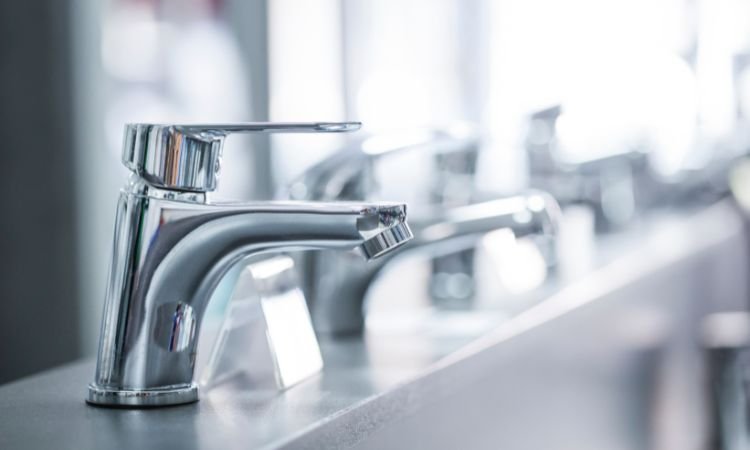
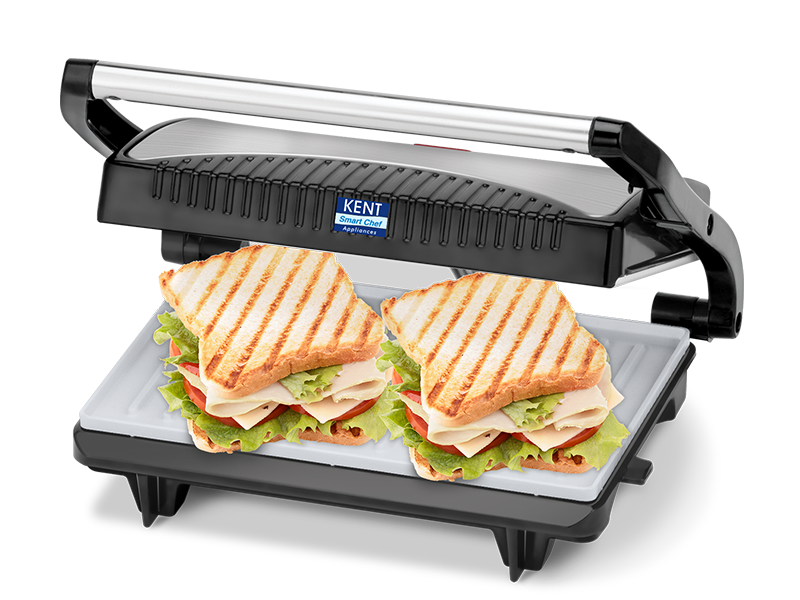





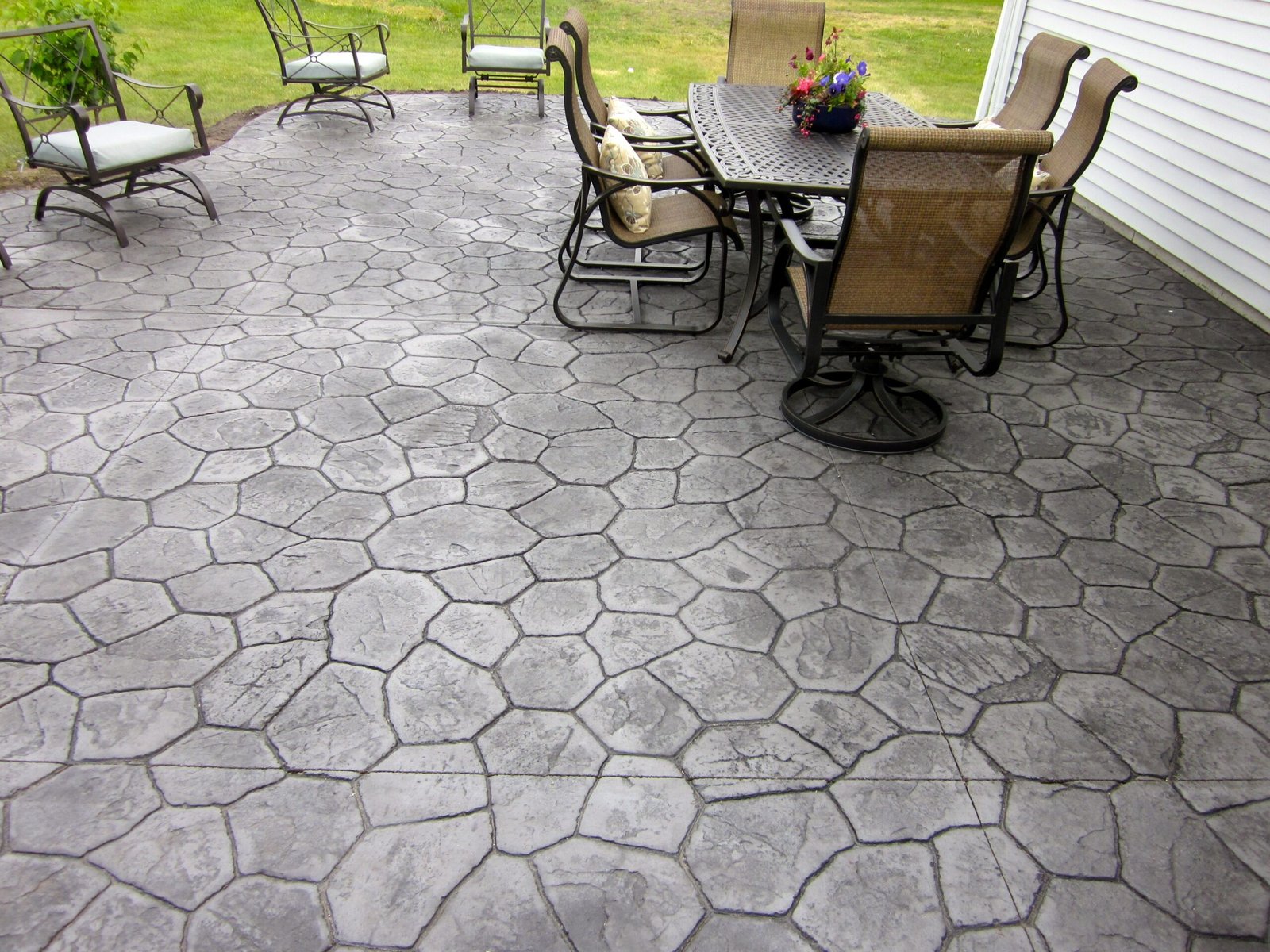
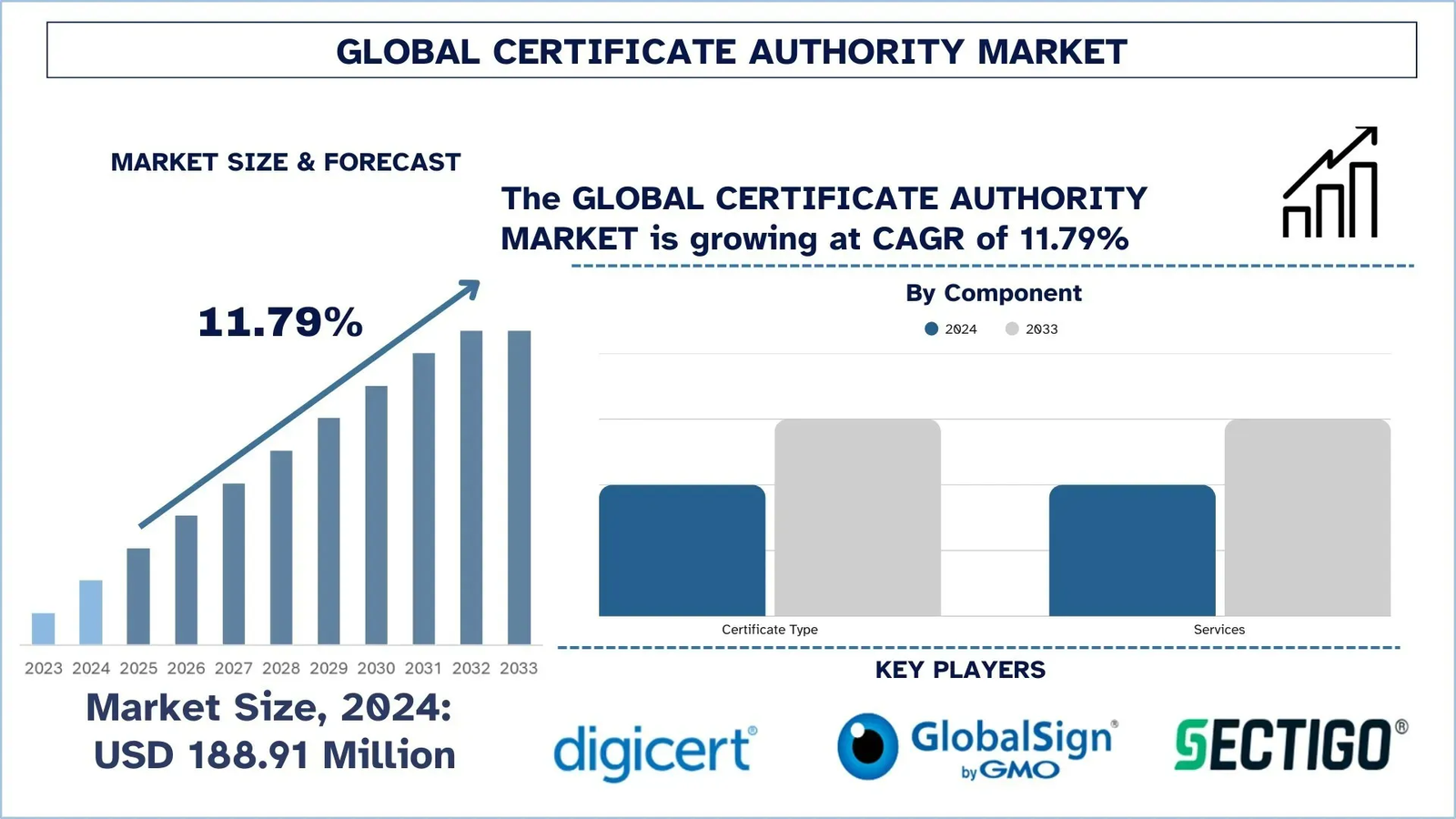
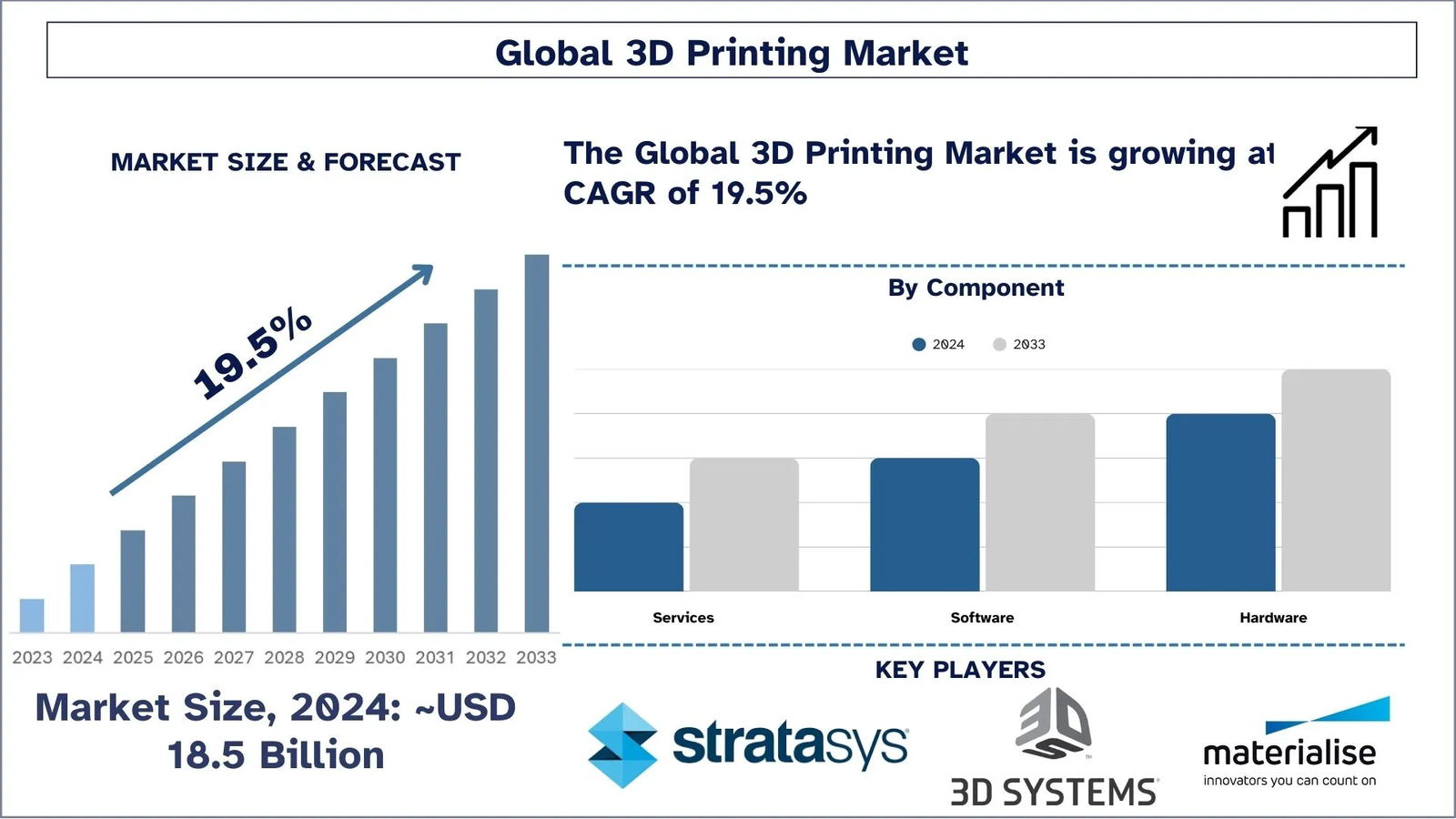
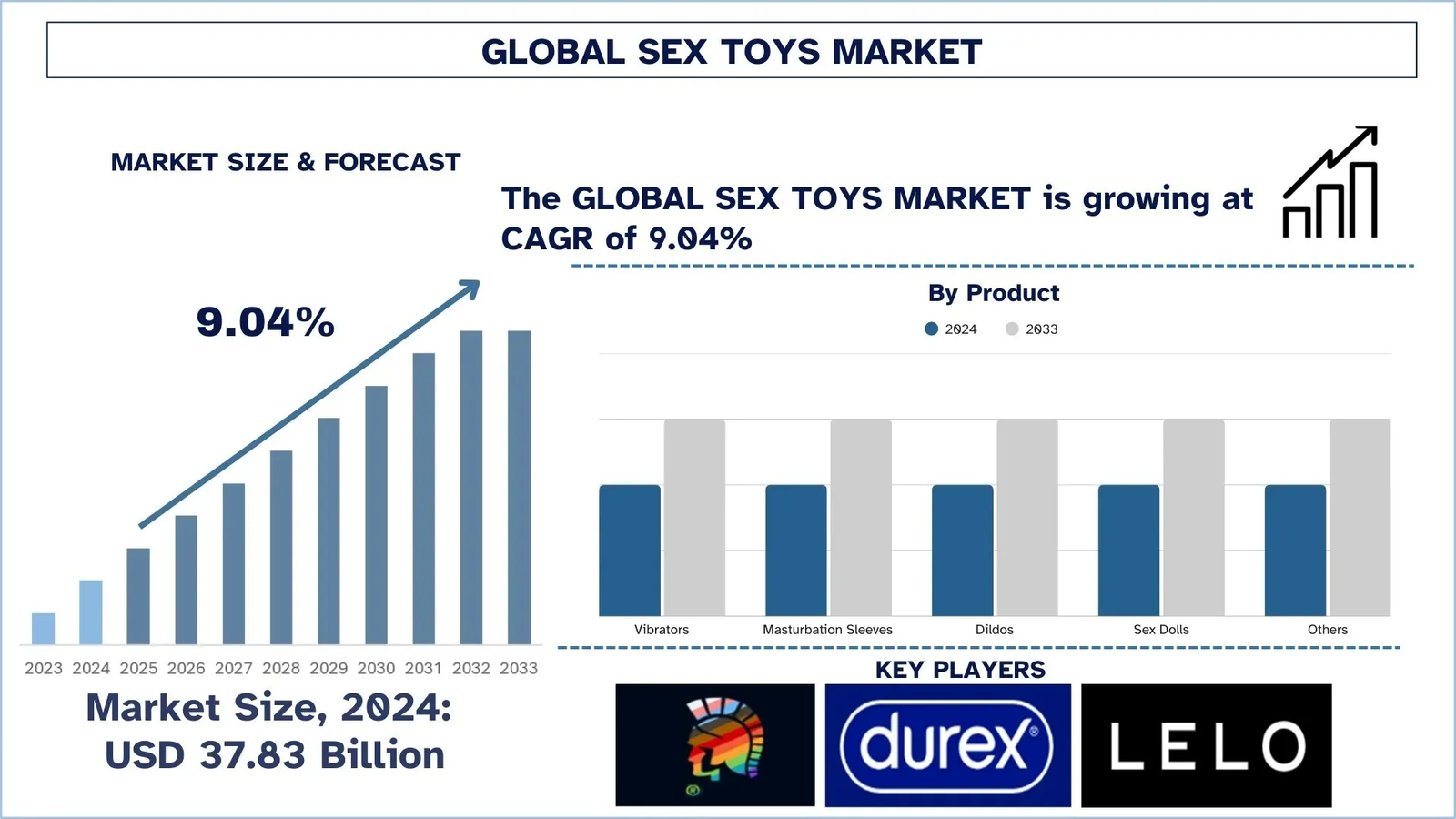
Leave a Reply